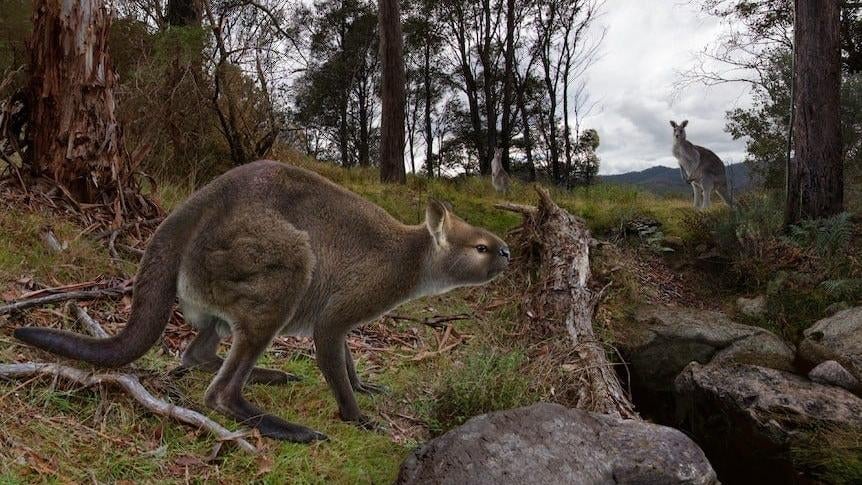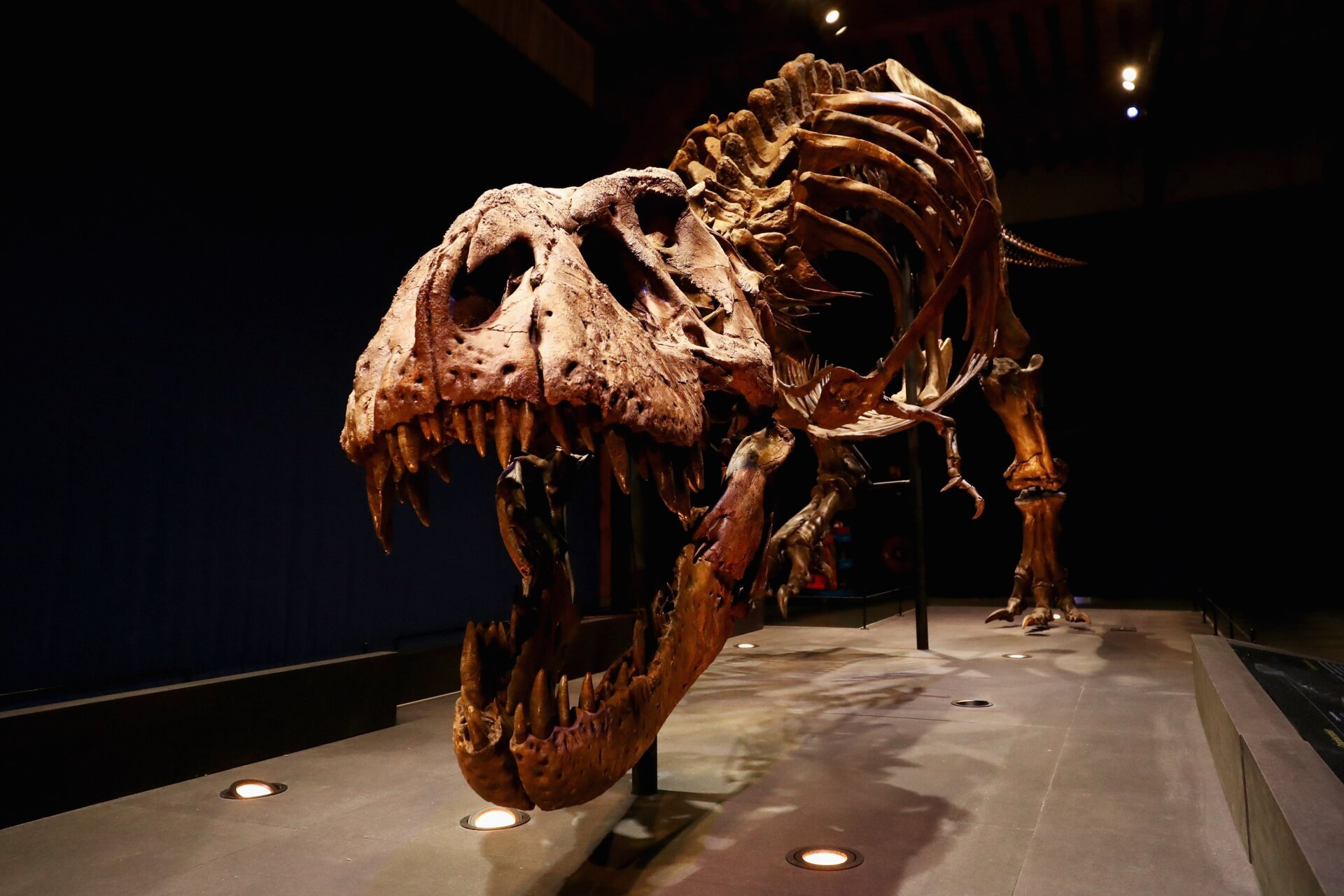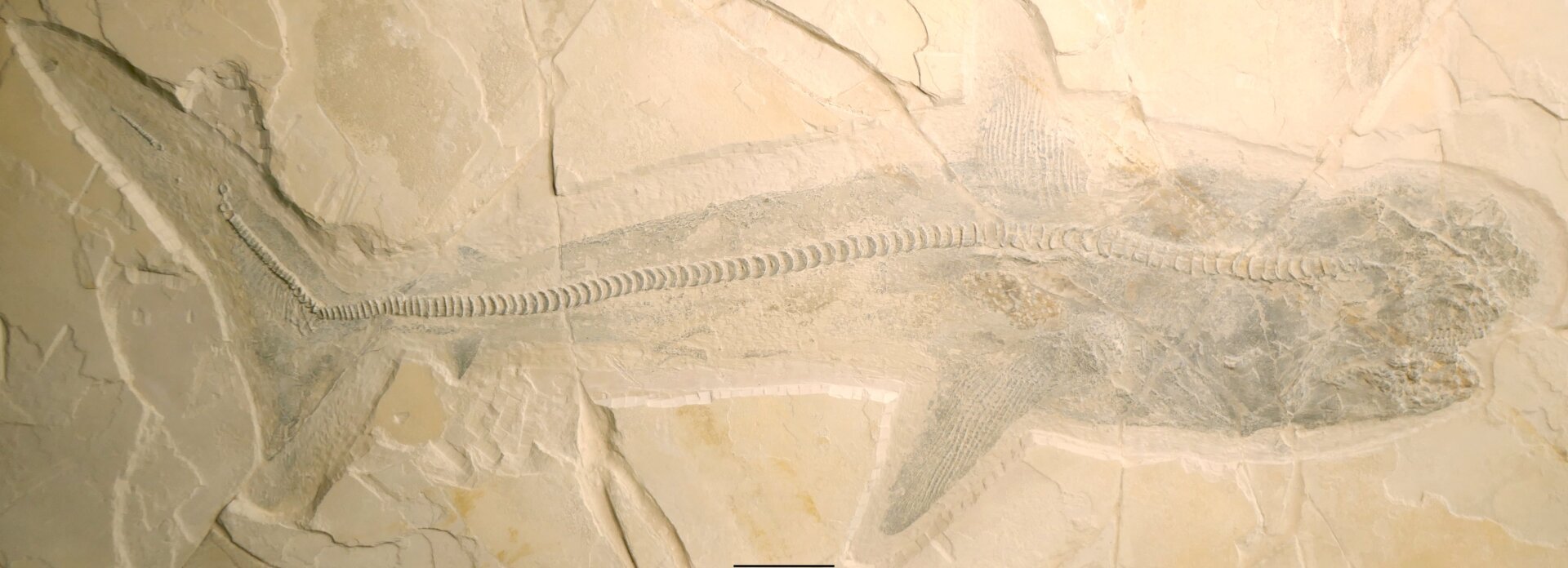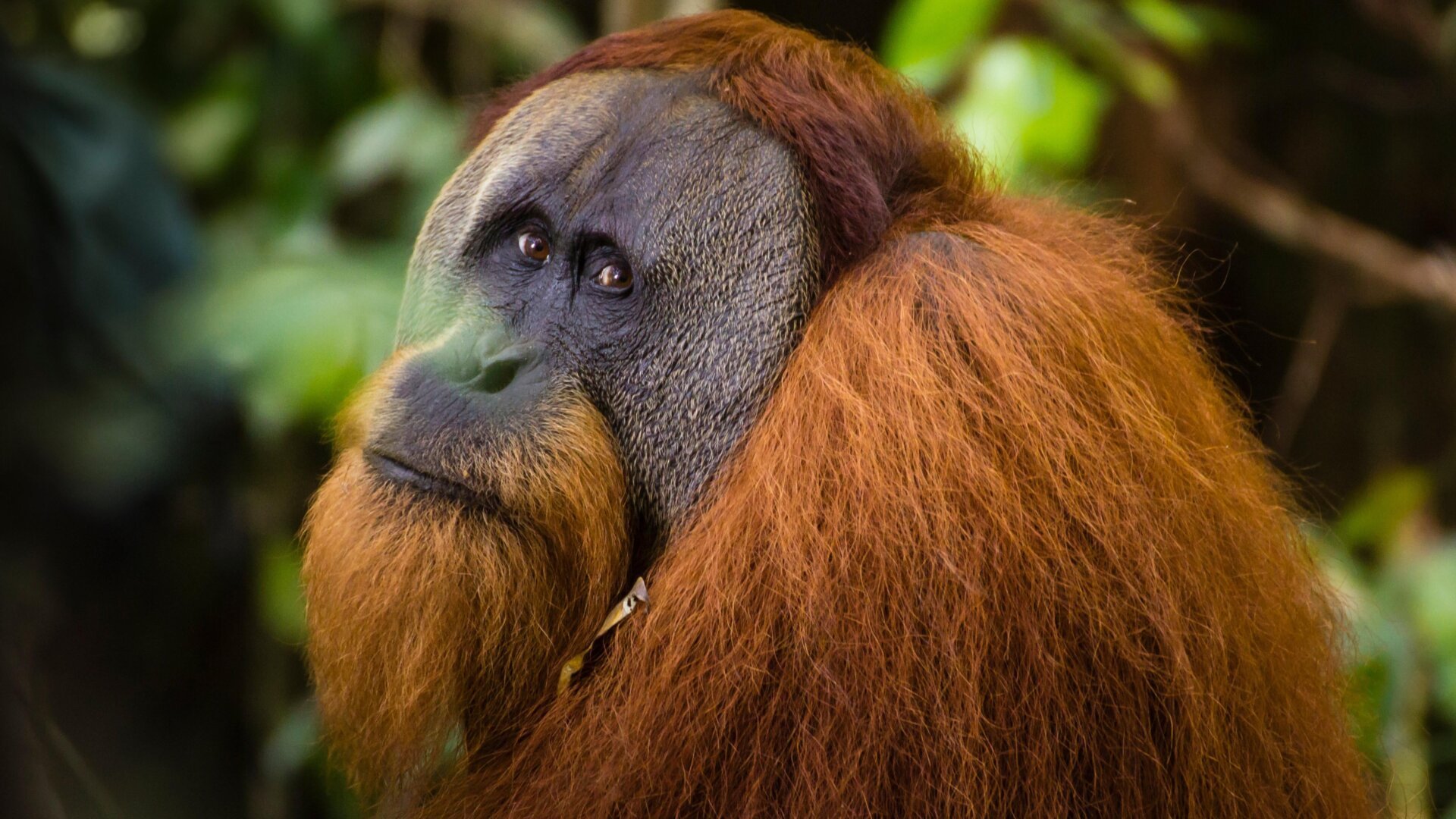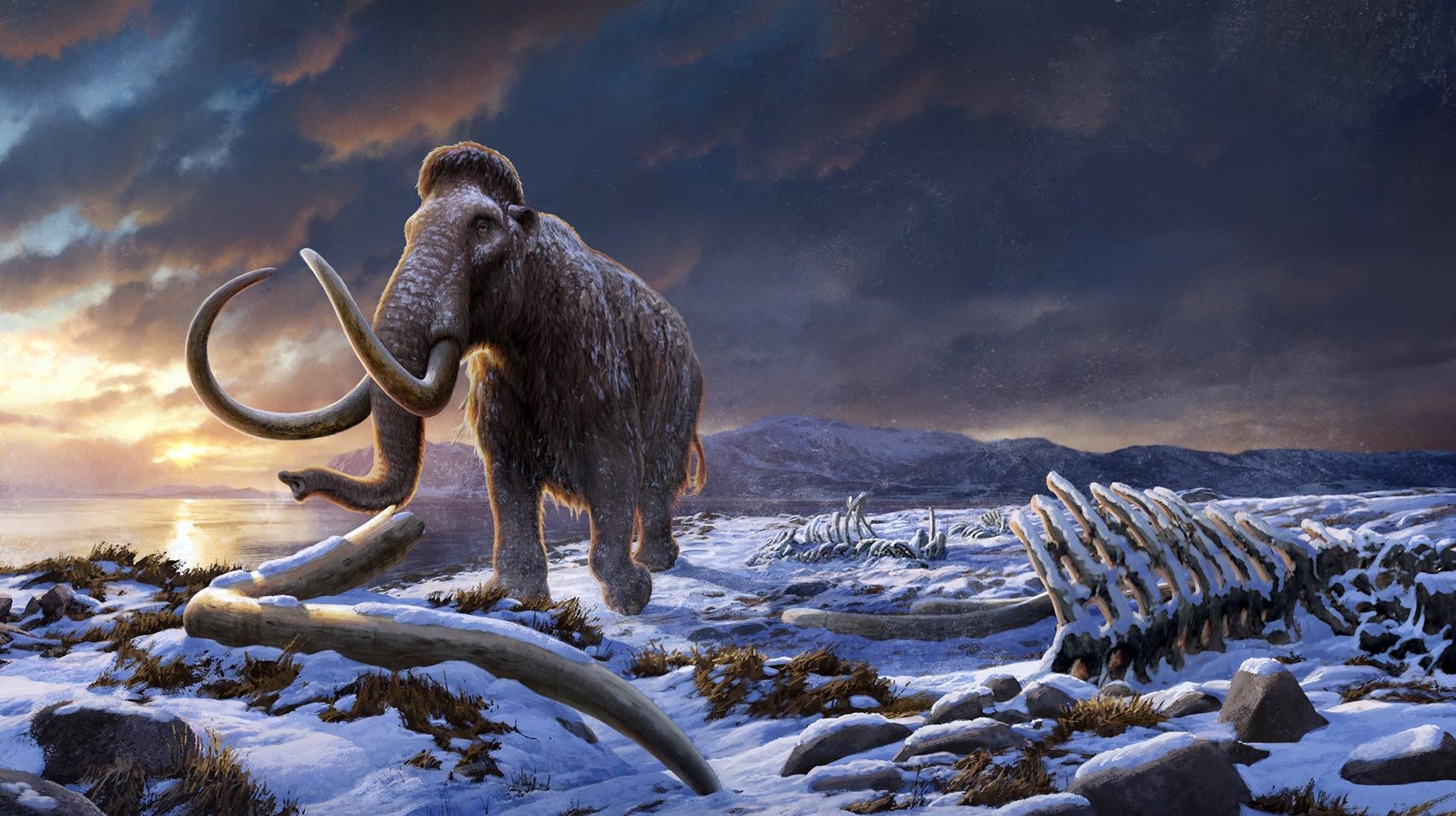Pitch-black darkness, crushing squeezes, muddy passages, and icy waterfalls. Bats, spiders, and abseiling into the unknown. This was the reality of a two-year, 60-hour mission to retrieve a remarkable fossil from the depths of an Australian cave. This is the story of that extraordinary undertaking.
Located in Gunaikurnai Country, north of Buchan in eastern Victoria, Australia, the Potholes Cave Reserve features a limestone slope riddled with cave entrances. These shadowy portals, barely large enough for a person to enter, open into kilometers of underground passages adorned with delicate crystals that shimmer in the torchlight. Within one of these caves, Nightshade Cave, the Museums Victoria Research Institute, along with recreational cavers and Parks Victoria rangers, excavated a near-complete skeleton of the extinct short-faced kangaroo, Simosthenurus occidentalis. This June, it will be on display at Melbourne Museum.
The Initial Discovery: An Unusual Skull
As often happens in paleontology, the discovery began with observant individuals exploring the natural world. In 2011, a local caving group entered Nightshade Cave through a newly opened passage. Joshua Van Dyk, a member of the group, spotted an unusual animal skull.
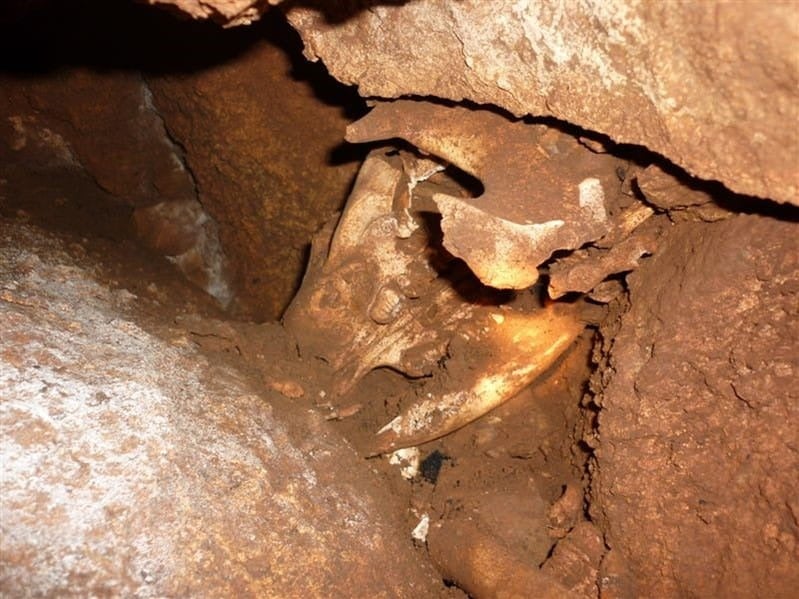 The kangaroo’s skull as first seen inside the cave.The fossilized kangaroo skull in its initial discovery location within Nightshade Cave. Photo: Parks Victoria
The kangaroo’s skull as first seen inside the cave.The fossilized kangaroo skull in its initial discovery location within Nightshade Cave. Photo: Parks Victoria
Recognizing its potential significance, he reported the find to Melbourne Museum. Believing it irretrievable due to its position under boulders in a narrow vertical collapse, the cave was gated to protect its contents. A decade passed. In 2021, intrigued by the find, I revisited the cave with the assistance of the Victorian Speleological Association.
The Descent and Rediscovery
Our journey involved abseiling down a tight 10-meter rift, navigating through narrow passages, and crawling through low-ceilinged chambers adorned with stalactites and calcite formations.
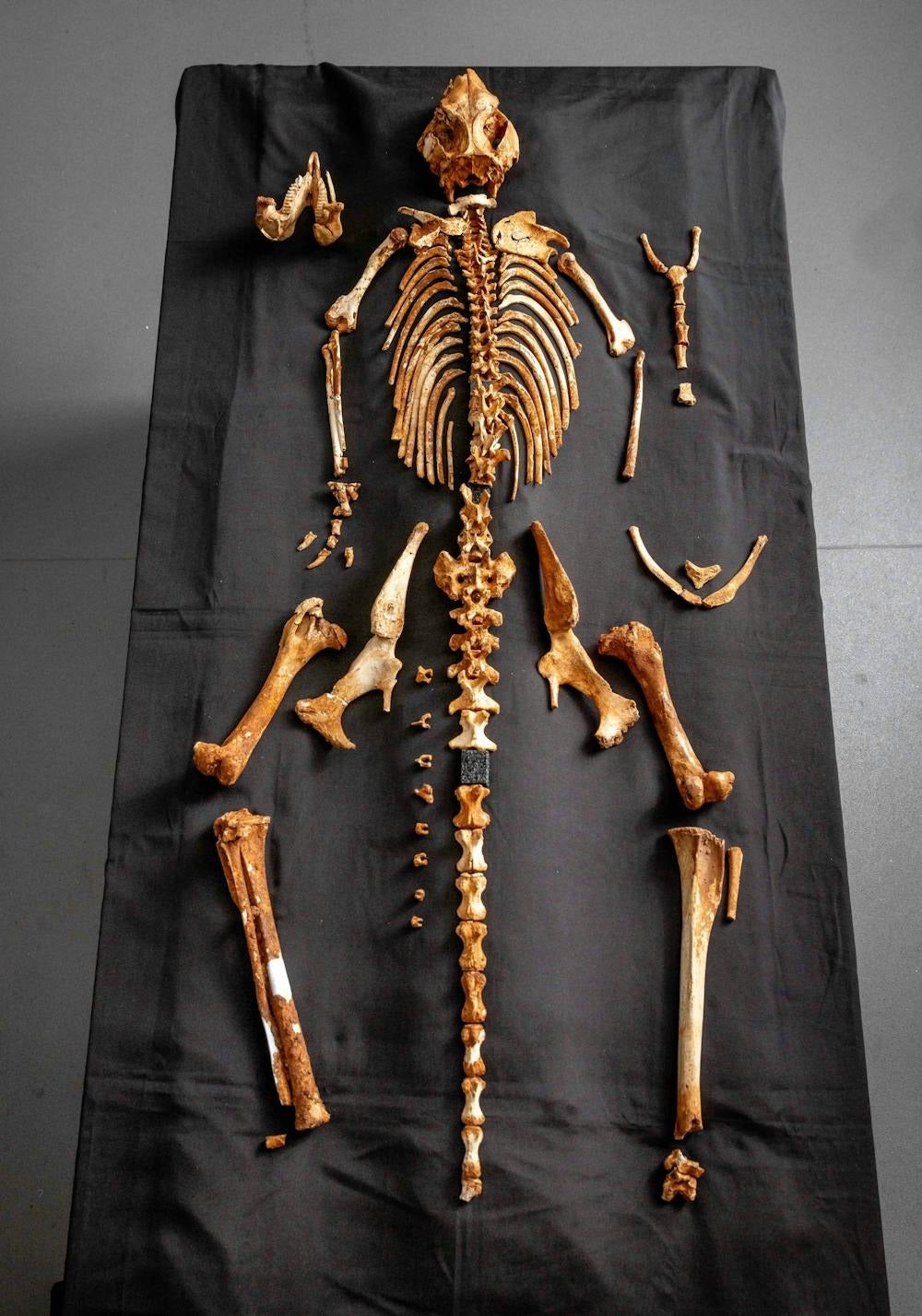 The fossil skeleton of S. occidentalis is 71% complete.The remarkably complete (71%) fossil skeleton of S. occidentalis. Photo: Tim Carrafa/Museums Victoria
The fossil skeleton of S. occidentalis is 71% complete.The remarkably complete (71%) fossil skeleton of S. occidentalis. Photo: Tim Carrafa/Museums Victoria
Hours later, after navigating through tall, narrow rifts, we rediscovered the fossil. However, the skull had begun to deteriorate due to the altered air currents and humidity changes caused by the new cave entrance. We stabilized the exposed bones with protective resins, but a more comprehensive retrieval plan was needed.
Painstaking Retrieval and Identification
Subsequent trips involved carefully excavating the fossil, brushing away mud, photographing, and packing the freed remains. The deep muzzle, robust jaws, and teeth confirmed it as a short-faced (sthenurine) kangaroo.
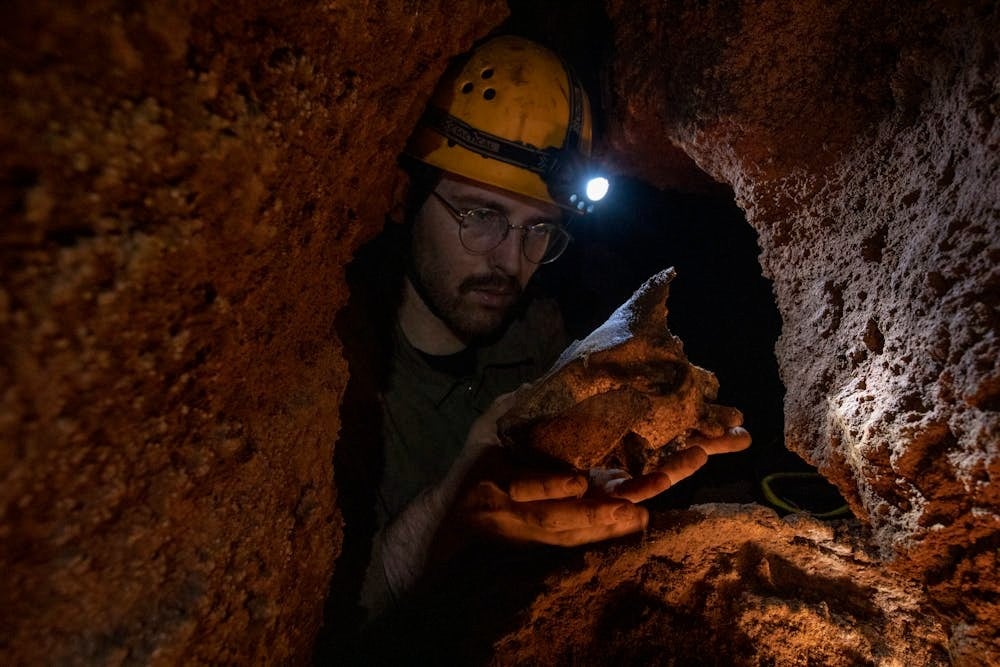 Tim Ziegler retrieving fossil bones from Nightshade Cave.Tim Ziegler carefully retrieving fossil bones from the depths of Nightshade Cave. Photo: Rob French/Museums Victoria
Tim Ziegler retrieving fossil bones from Nightshade Cave.Tim Ziegler carefully retrieving fossil bones from the depths of Nightshade Cave. Photo: Rob French/Museums Victoria
Behind the skull lay more bones – vertebrae, shoulders, hips, limbs, and a ribcage – remarkably undisturbed and in their original positions. Comparison with the Museums Victoria State Collection identified the skeleton as Simosthenurus occidentalis. With 150 preserved bones, it represents the most complete fossil skeleton found in a Victorian cave.
A Juvenile Kangaroo from the Pleistocene
The unworn teeth, unfused skull bones, and unjoined limb ends indicate a juvenile kangaroo. Based on limb size, it likely weighed around 80 kilograms, with the potential to grow significantly larger.
Extinction and Locomotion: Unraveling the Past
Short-faced kangaroos emerged in Australia’s fossil record between 10 and 15 million years ago. They diversified during the Pleistocene Epoch (around 500,000 years ago) as the climate shifted towards arid conditions. However, they vanished around 45,000 years ago, along with a significant portion of Australia’s megafauna. Radiocarbon dating places the skeleton’s burial at 49,400 years ago, making it one of the last of its kind.
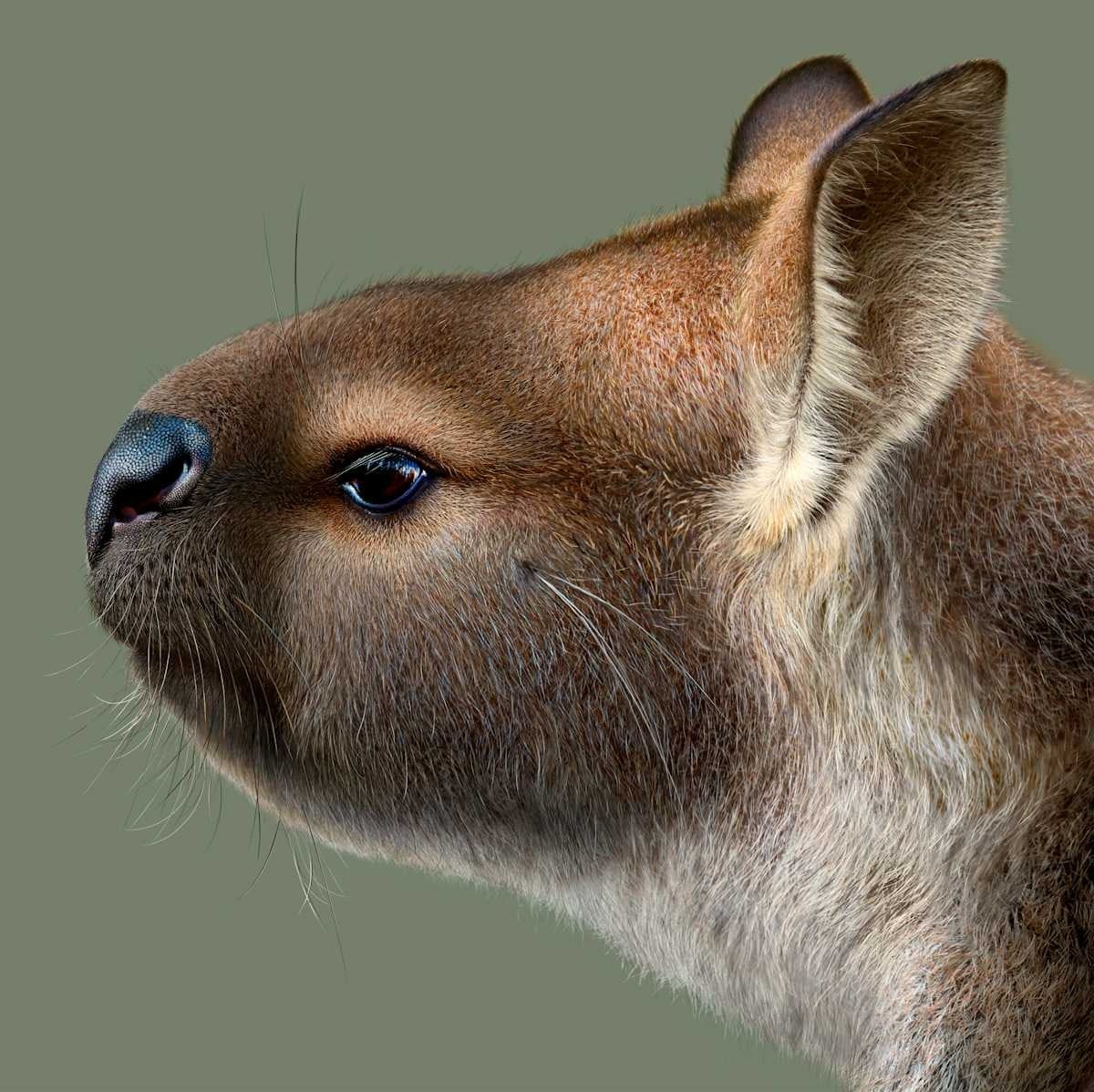 Artistic reconstruction of Simosthenurus occidentalis.An artist’s depiction of Simosthenurus occidentalis in its natural habitat. Illustration: Peter Trusler/Museums Victoria
Artistic reconstruction of Simosthenurus occidentalis.An artist’s depiction of Simosthenurus occidentalis in its natural habitat. Illustration: Peter Trusler/Museums Victoria
One research area focuses on the kangaroo’s locomotion – whether it walked with a striding gait rather than hopping. The complete vertebral column of this fossil provides valuable insights. 3D models of the skeleton will further facilitate global research.
Preserving the Past for the Future
The Simosthenurus occidentalis fossil, along with other finds from Nightshade Cave, is now housed at Melbourne Museum. This ensures its preservation and accessibility for future research, connecting us to the ancient past of East Gippsland and opening doors to global scientific discovery.



